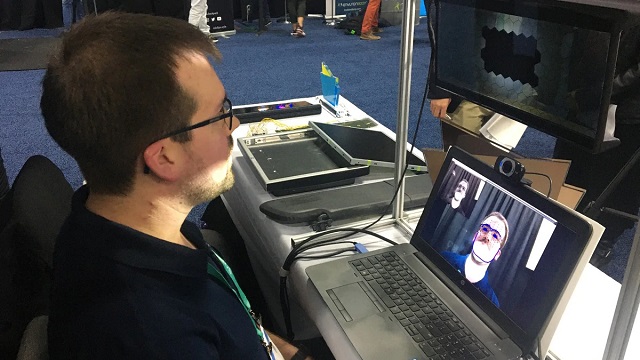
The Virtual Visor uses algorithms and a camera to analyse what the driver is seeing through its liquid crystal display and darkens the section through which the sunlight is hitting their eyes, the German engineering giant said at the Consumer Electronics Show in Las Vegas.
The rest of the display remains transparent, blocking the sun without obscuring a large section of the driver's field of vision.
PM Imran launches ‘Digital Pakistan’ initiative
"You could be driving right toward the sun and you would still be able to see adequately," said Jason Zink, one of the engineers on the project, as the company unveiled the product at the show that hosts around 4,500 exhibitors pitching designs to 175,000 attendees searching for innovations of the future.
Bosch cited studies including one from the US National Highway Traffic Safety Administration indicating sun glare is responsible for thousands of accidents each year.
Another study indicated the risk of a car crash is 16 percent higher when the sun is shining brightly.
Bosch said traditional sun visors were inadequate because they blocked a large area from the field of vision to remove glare.
"We discovered early in the development that users adjust their traditional sun visors to always cast a shadow on their own eyes," said Zink.
How this tech buff’s leap of faith announced Karachi on the digital landscape
Ryan Todd, another Bosch engineer, said he thought of the idea "while driving east to work one morning" and thinking about television sets which control the brightness of LCD technology.
A Bosch spokesman said the company was in "active discussions" on commercializing the new visor but offered no details.



1732259077-0/carti-(1)1732259077-0-165x106.webp)


1732259816-0/Express-Tribune-(4)1732259816-0-270x192.webp)
1727160662-0/Google-(2)1727160662-0-270x192.webp)
1732085354-0/insta-(1)1732085354-0-270x192.webp)








COMMENTS
Comments are moderated and generally will be posted if they are on-topic and not abusive.
For more information, please see our Comments FAQ